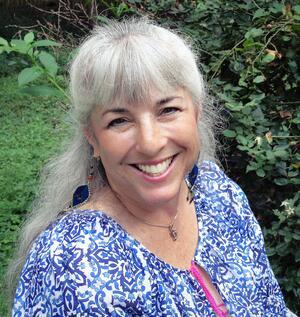Ramona Brand
Ramona is Director of Education at Congregation Beth Ahabah in Richmond, VA. Her winning lesson plan, “Our World Through a Jewish Lens,” introduces students in grades 8–10 to photojournalist Ruth Gruber, whose work was influenced by her Jewish identity, and asks how they might express a Jewish point of view through photography.
Our World Through a Jewish Lens
By exploring the life and work of ground-breaking photo-journalist Ruth Gruber, students will be introduced to the medium of photography and how it can be used as an expression of Jewish storytelling, personal and social values, and a creative outlet.
Overview
Enduring Understandings
- Photography can be used as a tool for storytelling, as an expression of personal and social values, and as a creative outlet.
- Our unique perspectives influence how we see and interact with the world around us.
Essential Questions
- Can photography be used as a medium to express a Jewish point of view?
- What makes a picture “Jewish”?
- What makes a photograph interesting?
- How can our own perspectives and identities influence the lens through which we see the world?
Materials Required
- Laptop and projector, or handouts of provided materials
- Picture frames and mats
- Paper towels and Windex
- Acid-free tape
Notes to Teacher
- The full unit consists of six lessons (correlating to parts 1-6 in the lesson plan below), each of which can be taught in sessions of 45 minutes to an hour over the course of 5-6 weeks.
- Feel free to teach the unit in it’s entirety, or pick and choose what you’d like to include based on your individual goals and/or time constraints.
- During the week, the instructor will have the final pictures printed in 5X7 size. Instructor will also purchase inexpensive mats and frames (found at local craft and dollar stores). I get a variety of mat colors and frame colors from which the students can choose. It is advisable to have several more frames and mats than photos, so that there is some extras just in case of glass breakage and extra color choice.









